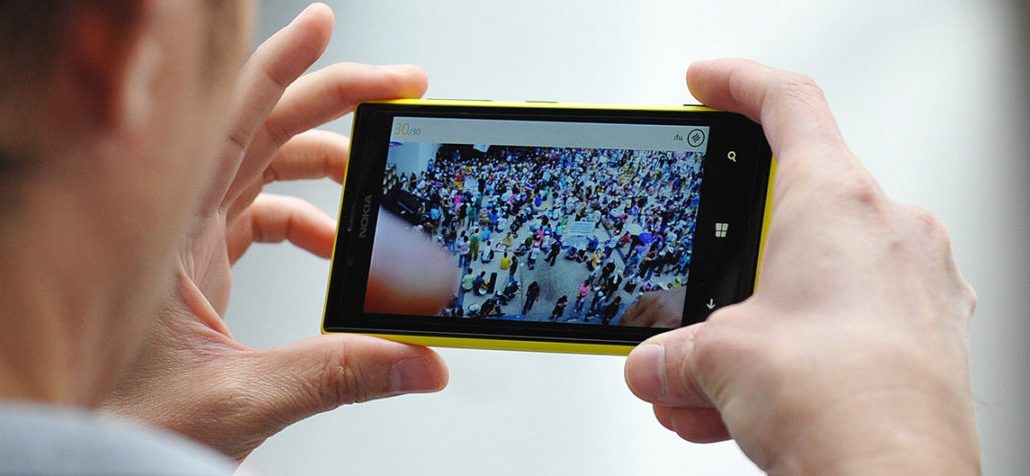
Facebook is out to prove that there is no three-second rule in advertising. While many ad buyers want guarantees that their ads get seen for X amount of time, Facebook has its own formula for what constitutes a valuable impression.
It has to do with how fast people normally scroll on their phones and whether they hover on an ad for longer than their normal dwell time.
It’s relative, according to Facebook’s Graham Mudd, director of ad product marketing, and even in less than three seconds, many users, particularly younger ones, are able to recall a message.
“We’ve been studying this phenomenon of time spent on ads and the impact on how well an ad campaign works for a long time,” Mudd said in an interview at Advertising Week.
Scroll speed is a key part of Facebook’s message to brands at the ad conference. The social network unveiled a new way for advertisers to set their campaigns for building brand awareness — it automatically finds users who spend the most time with an ad above their typical engagement time, and then it gets in front of more people with similar attributes.
Here is what Mudd had to say about fast-scrollers, Facebook’s ability to improve brand awareness, and why advertisers should stop being so worried about how many seconds their ads are played.
Ad position: web_incontent_pos1
So, how does Facebook’s brand-awareness optimization actually work?
Basically, what it’s looking at is who are the people who are spending the most time looking at ads relative to how they typically spend time with ads. So it’s all very relative. If I’m a slow-scroller and I consume content slowly, then that’s my baseline. And for a given ad campaign, if they’re spending twice as long looking at that ad as they typically look at ads, then that signals to us that this must be relevant and we go and look for more people like that and use all the data we have about people, their profiles, to go find audiences.
What have you discovered about how long it takes for people to get a brand’s message?
There are two things we’ve found. One is that value is created the moment an impression is made. But the second thing is that value increases as you spend more time with ads. There is clearly a relationship between how much attention someone gives an ad and their likelihood to remember it.
How much faster are millennials and teenagers able to view a message before it sinks in?
The interesting thing is that people have hugely individualized ways of consuming content. So people who are teens consume content two and a half times faster than people in their 60s.
What would you say to an advertiser who thinks an ad is worthless if it doesn’t get seen for more than two seconds?
If we were to draw a line in the sand and say an ad has got someone’s attention after two seconds, that would mean the vast majority of younger people never pay attention to anything. That would mean that older people are much more likely to pay attention and younger people are not, and that’s just not the case though. The case is that younger people are able to consume the content much faster than older people, which is why what we ended up doing was doing everything on a relative basis. So if you spend more time looking at this ad to how you typically consume ads, we call that attention.
Why do you think that is, that millennials scroll and consume so much faster?
If you think about it, these people are a generation that has grown up on mobile devices and spend a large percentage of time looking at them, and they just got very good at parsing information in those devices in a quick way.
More in Media

NewFronts Briefing: Samsung, Condé Nast, Roku focus presentations on new ad formats and category-specific inventory
Day two of IAB’s NewFronts featured presentations from Samsung, Condé Nast and Roku, highlighting new partnerships, ad formats and inventory, as well as new AI capabilities.

The Athletic to raise ad prices as it paces to hit 3 million newsletter subscribers
The New York Times’ sports site The Athletic is about to hit 3 million total newsletter subscribers. It plans to raise ad prices as as a result of this nearly 20% year over year increase.

NewFronts Briefing: Google, Vizio and news publishers pitch marketers with new ad offerings and range of content categories
Day one of the 2024 IAB NewFronts featured presentations from Google and Vizio, as well as a spotlight on news publishers.
Ad position: web_bfu
